1904 World’s Fair in St. Louis: The dark story behind baby incubator exhibit
The 1904 World's Fair in St. Louis drew 20 million visitors from all over the world. Here are some interesting facts to know about the fair.
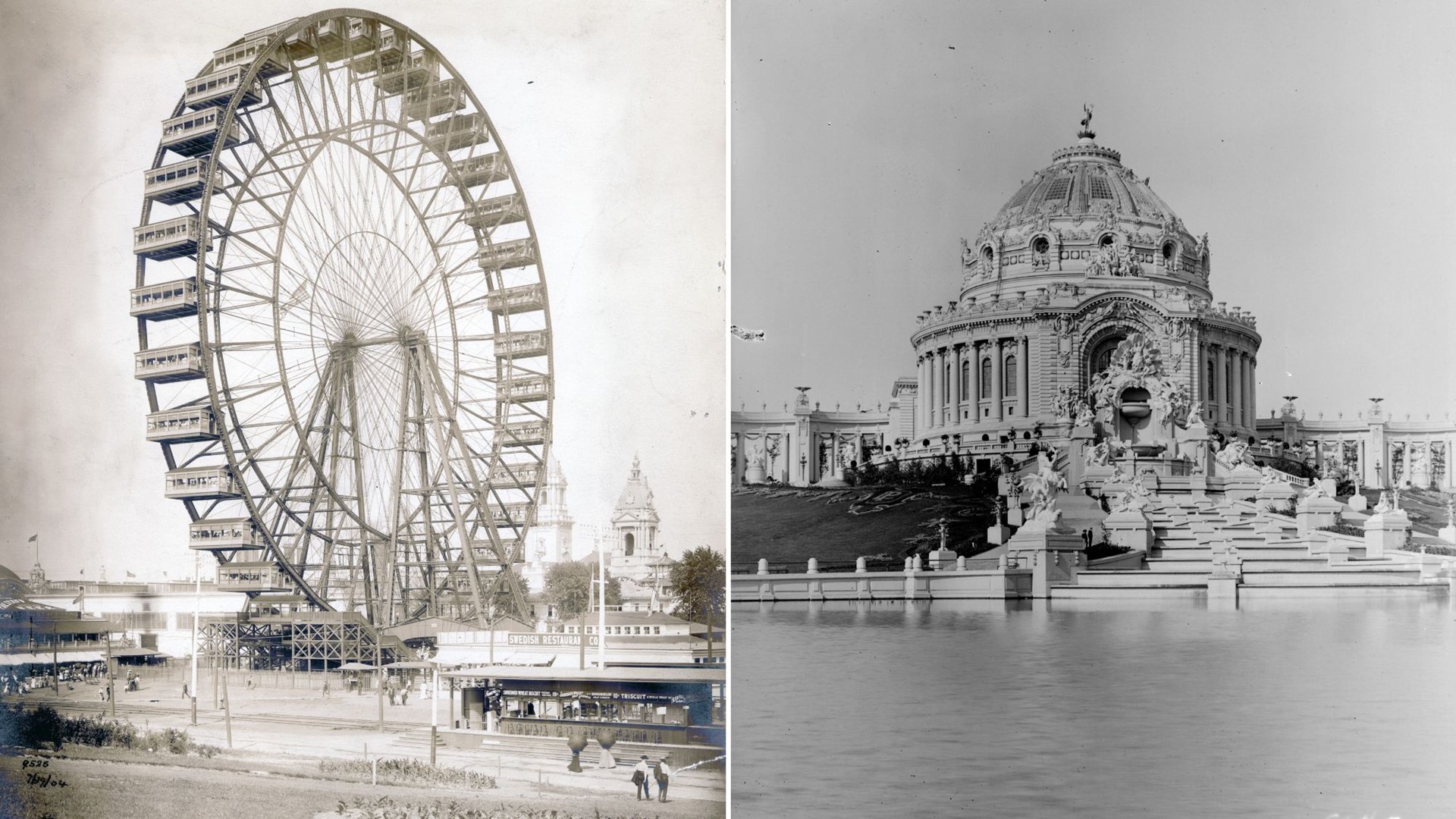
The St. Louis World’s Fair – also known as the Louisiana Purchase Exposition – debuted on April 30, 1904. It lasted seven months, ending on Dec. 1.
The fair featured 1,500 buildings that were made from a material called staff, which was a mixture of plaster of Paris and hemp. It was inexpensive and temporary, making it the perfect material to use for the fair’s seven-month run.
There were palaces the size of several city blocks, according to the Missouri History Museum. The Palace of Agriculture was the largest – covering 23 acres – and included a dairy farm, cider mill and an olive oil factory.
It cost $15 million to fund the fair.
Throughout the time it was open, it drew 20 million visitors from all over the world. It was a big success and was the only world’s fair around that time to make a profit, according to the museum.
There is so much to learn about the 1904 World’s Fair, but here are a few notable takeaways from the event.
Observation Wheel
One of the most popular attractions in the fair was the Observation Wheel. The 264-foot-tall Ferris wheel was originally created as the centerpiece of the 1893 World’s Fair in Chicago, according to the museum.
Each of the wheel's 36 cars could hold up to 60 people at a time. More than 3 million people bought tickets to ride the wheel. It was so popular, people even planned to get married on the wheel! One of the cars included a piano to accommodate weddings. The ride took about 15 minutes.

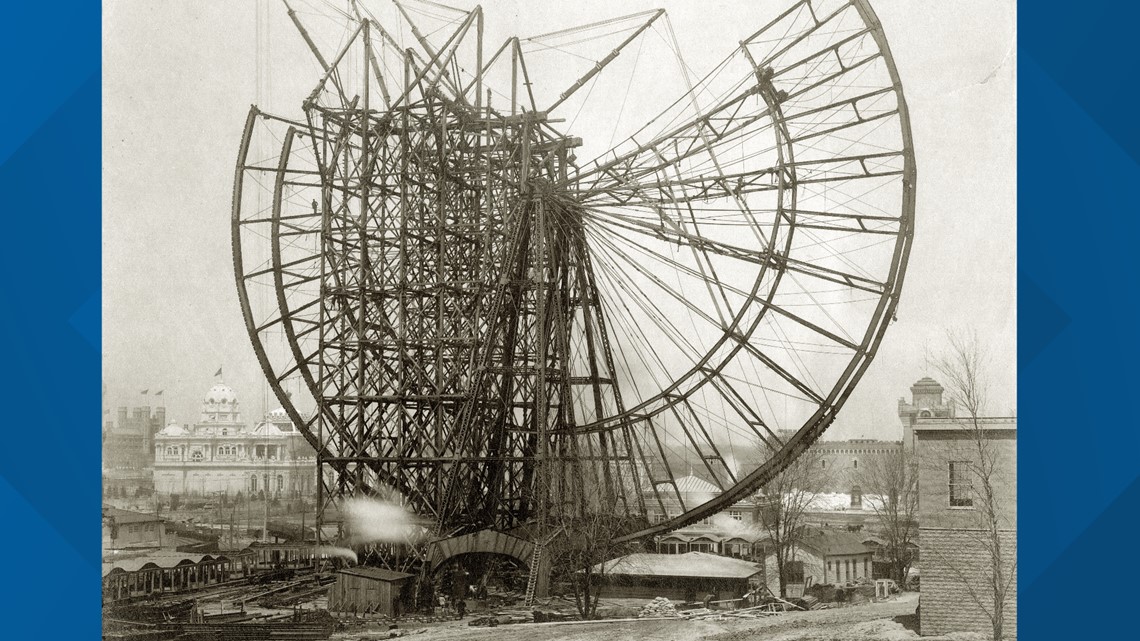
A lot of people want to know what happened to the wheel when the fair ended. The original plan was to dismantle it and ship it to Coney Island in New York. However, those plans fell through because no one wanted to pay the transportation cost.
Since no one wanted it, the wheel was destroyed. However, the problem that remained was the wheel’s 70-ton axle, which was the largest piece of steel ever forged in the U.S. at the time.
In 1943, an 82-year-old man who worked on the construction crew claimed the axle was buried on the Forest Park Golf Course. Crews dug in the area but all they could find was large chunks of concrete, according to the museum.
Today, people believe the company that brought the wheel to St. Louis took the axle back to Chicago and cut it up for scrap about 10 years later.

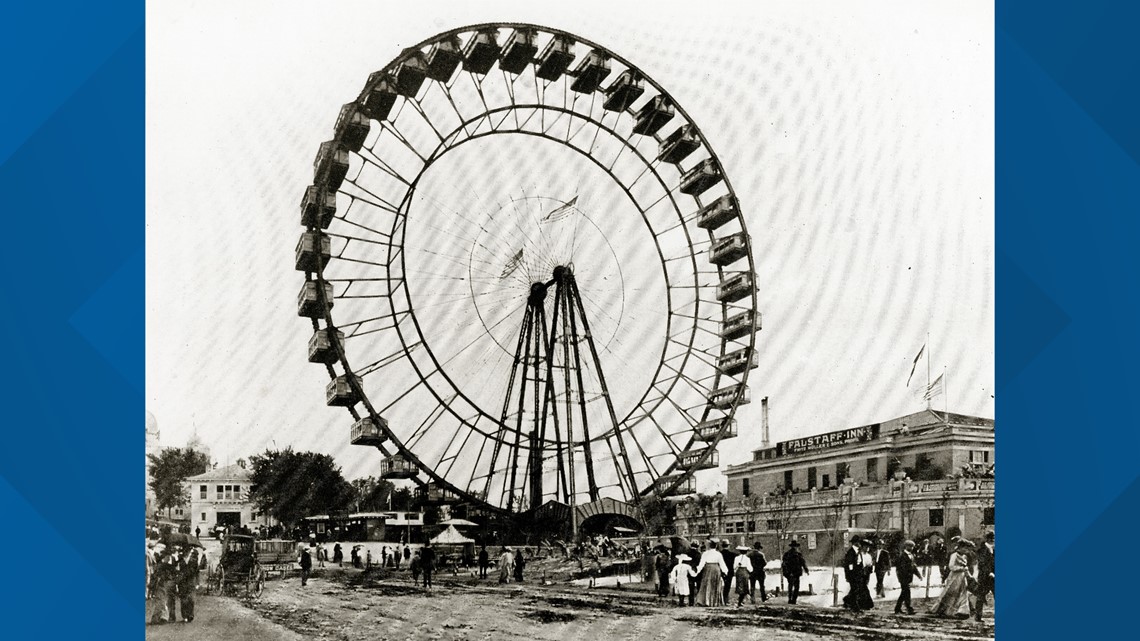
People on display
The World’s Fair in St. Louis featured several attractions where indigenous people from around the world were on display. These days, many scholars say the displays were racist and were meant to encourage support for “imperialist actions,” according historian Adam Kloppe.
One of the largest displays was the Philippine Reservation. The United States government brought over more than 1,000 Filipinos to the fair for the amusement of fairgoers.

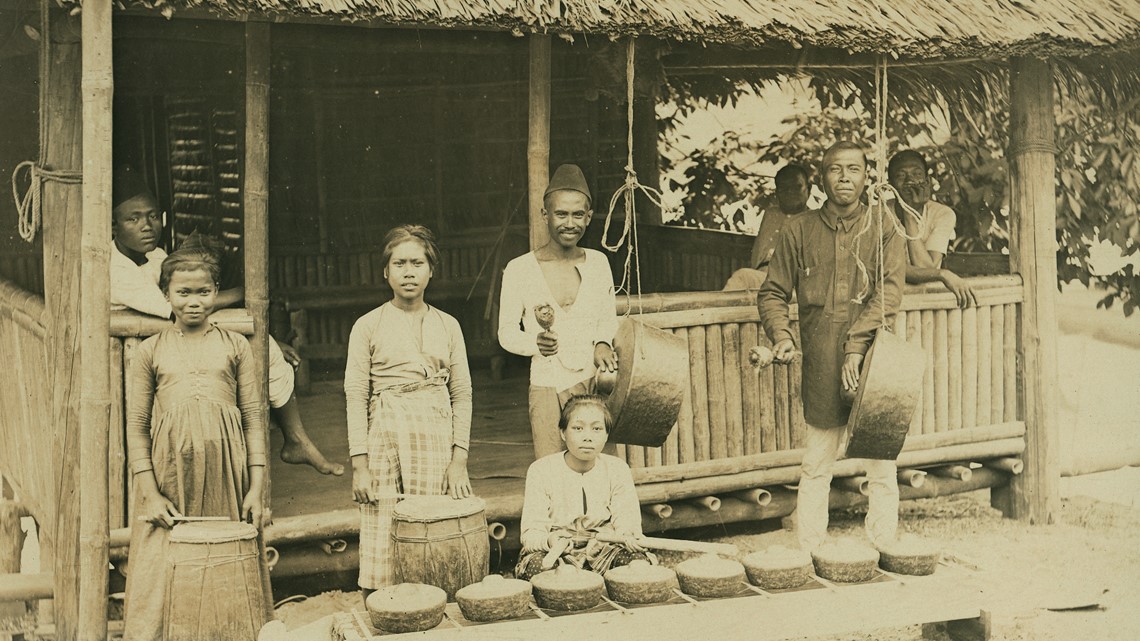
The Philippine Islands had become a U.S. colony after the 1895 Treaty of Paris and the government used the World’s Fair to “advertise its new possession,” according to the museum.
The Philippine Reservation was used to show that Filipino people were doomed without U.S. leadership, while also advertising the “untapped economic wealth” of the islands.
New inventions
While fairgoers were introduced to many cultures through exhibits, they were also seeing many scientific inventions for the first time.
The fair unveiled new ideas, products and scientific advances that “enthralled thousands of visitors,” according to a 2004 article from Washington University in St. Louis.
Some of the new inventions visitors were introduced to included:
- X-ray machine
- Electric typewriter
- Telautograph (fax machine)
- Telephone answering machine
- Household products like a tabletop stove, coffeemaker, bread machine and dishwasher
- Electricity
- Planes and automobiles
Many new foods were also introduced at the fair including the waffle ice cream cone, hot dogs and iced tea. It is believed these things existed prior to the fair, but many visitors had never seen them before.

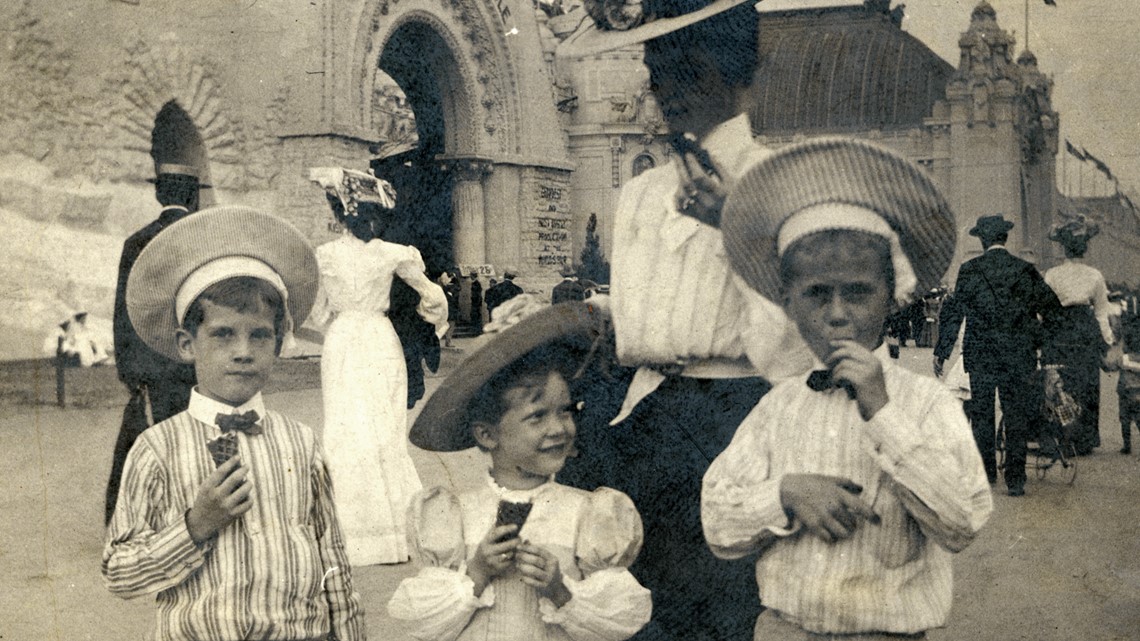
Baby incubator exhibit
A noteworthy exhibit that showcased scientific advancements was the baby incubator.
The idea of premature babies being on display at a fair is an odd concept nowadays, but it was actually common during this time period.
A showcase of incubators took place at the 1896 World Exposition in Berlin, and after that, incubators became a popular attraction at other world’s fairs, according to the history museum.
The incubators at the 1904 World’s Fair were boxes made of metal and glass, allowing visitors to see the babies inside. If they were healthy enough, babies would be removed from the incubators for public feedings, the museum said.

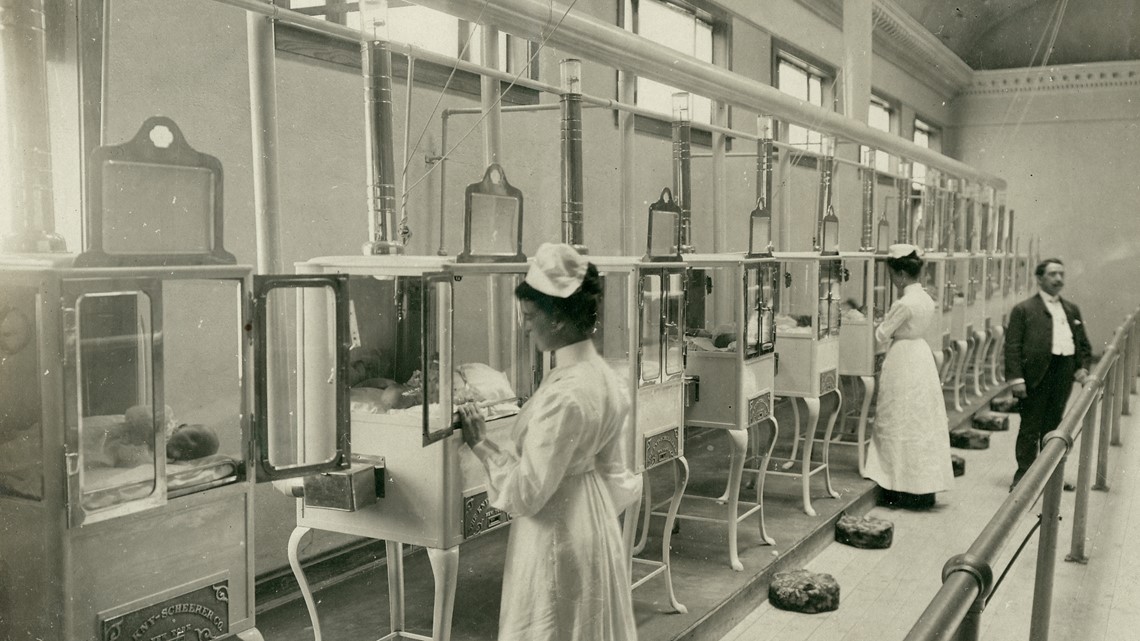
Although these exhibits were located among some of the fair’s lighthearted festivities, there was a dark story beneath the surface.
When the incubator show traveled out of Europe and into the U.S., Martin Couney became the leader of incubator sideshows, according to the museum. Despite his expertise, he was not chosen to bring the incubator to the St. Louis World’s Fair.
And the results were deadly.
Children who were cared for by Couney had an 85% chance of survival. However, at the 1904 World’s Fair in St. Louis, some reports said as many as 20 babies died, while another report said 39 out of 43 babies didn't survive.
Edward Bayliss was chosen to lead the incubator exhibit in St. Louis, though he didn’t have the expertise that Couney had, and neither did the doctor who was in charge of overseeing the concession.
To make matters worse, it was said that the exhibit became a space where infants were neglected by staff. At times, babies were left in the sun next to garbage and incubators would overheat as high as 105 degrees.
The exhibit was allowed to continue operation as another physician, Dr. John Zahorsky, was put in charge. He monitored the health of the babies more thoroughly and as a result, infant fatalities declined under his care.

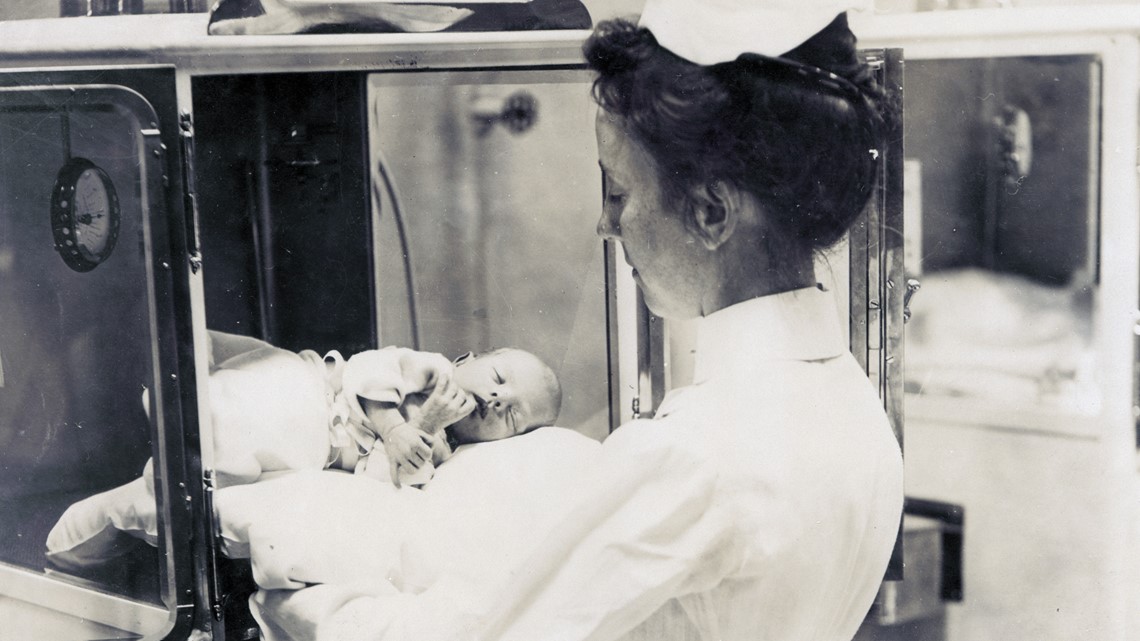
Where did it all go?
Since so many buildings from the World’s Fair were made from staff, they were practically worthless and most of them ended up in dumpsites.
However, some of the buildings were made of more durable material and they were carefully taken apart and placed on railcars to be reassembled around St. Louis and other parts of the country.
Some of the fair’s attractions were given new life, like the concert organ inside Festival Hall. It was the largest pipe organ ever built, the museum said. When the fair ended, it was shipped to Wanamaker’s Department Store (now Macy’s) in Philadelphia, where it remains today.

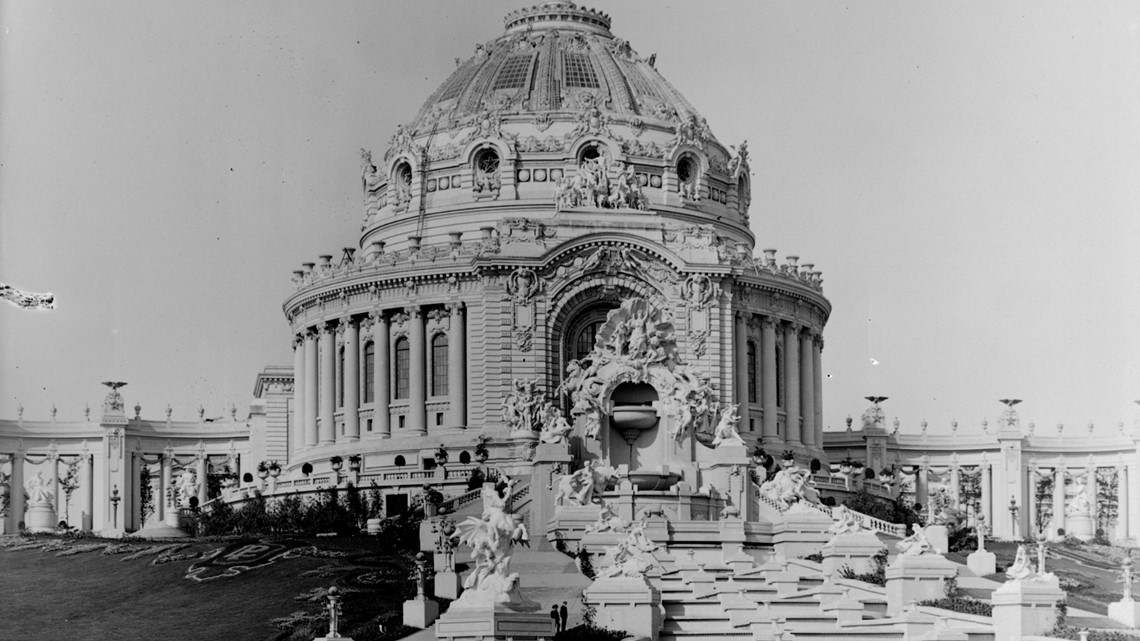
One of the fair’s biggest attractions was the Floral Clock. It was located near the entrance of the Palace of Agriculture and spanned 112 feet. Its hands weighed 2,500 pounds each and were operated by using compressed air.
About 20 years ago, the 1904 World’s Fair Society tracked down and purchased the master control for the clock and it now sits at the entrance to the Missouri History Museum’s 1904 World’s Fair gallery.

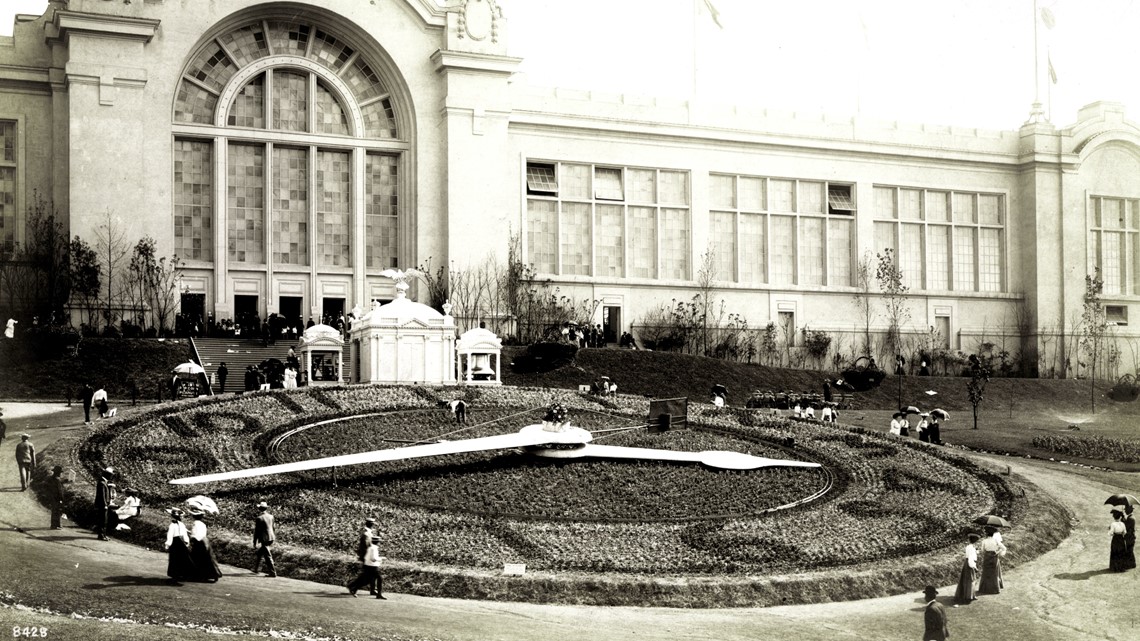
You can visit the 1904 World’s Fair exhibit at the Missouri History Museum until it closes on April 30 to make way for a “revamped” World’s Fair exhibit in spring 2024. Visit the history museum's website for more information.


